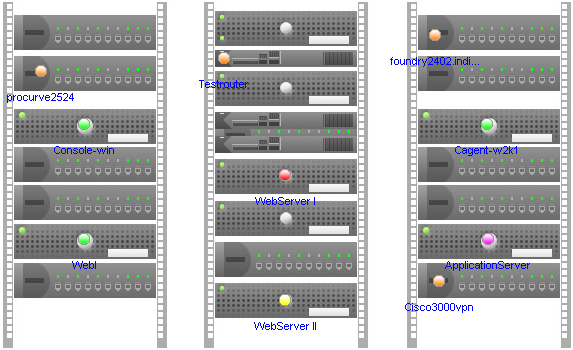Sometimes, the Any Connect client VPN fluctuates between different networks, so you have to select the option of connecting to the current network only. This might fix the issue for you. Here’s how to do that: Open the AnyConnect Client, and where you see the Network written, right click on it. Click on “Connect only to current Network. I have an issue with the Cisco AnyConnect Secure Mobility Client, I mean, other than the name of the product is a full friggin sentence. We have many connection profiles and multiple ASAs that can be connected to, which for the common user isn't an issue as it remembers the last connection and only prompts for their password.
- Cisco ASA 5500 Series Adaptive Security Appliances
- Can't Connect To Cisco Anyconnect
- Cisco Anyconnect Cannot Connect
- Cisco Anyconnect Not Connecting To Network Extender
Symptoms
How to get validation code for quickbooks 2014. When you have the Cisco AnyConnect Secure Mobility Client installed on a Surface Pro 3, you may experience one of the following symptoms:
If you try to connect to a wireless network by using the Cisco Network Access Manager (NAM), you cannot connect to the wireless network.
You can connect to an open (that is, unsecured) wireless network by using the Cisco Network Access Manager (NAM). However, you cannot use the Cisco NAM to connect to a wireless network that requires a password or other authentication.
If you use the Windows 8.1 Networks interface to connect to the wireless network, you can connect to the wireless network.
Cisco AnyConnect is the recommended VPN client for Mac. The built-in VPN client for Mac is another option but is more likely to suffer from disconnects.
Overview
Stanford's VPN allows you to connect to Stanford's network as if you were on campus, making access to restricted services possible. To connect to the VPN from your Mac you need to install the Cisco AnyConnect VPN client.
Cisco ASA 5500 Series Adaptive Security Appliances
Two types of VPN are available:
- Default Stanford (split-tunnel). When using Stanford's VPN from home, we generally recommend using the Default Stanford split-tunnel VPN. This routes and encrypts all traffic going to Stanford sites and systems through the Stanford network as if you were on campus. All non-Stanford traffic proceeds to its destination directly.
- Full Traffic (non-split-tunnel). This encrypts all internet traffic from your computer but may inadvertently block you from using resources on your local network, such as a networked printer at home. If you are traveling or using wi-fi in an untrusted location like a coffee shop or hotel, you may wish to encrypt all of your internet traffic through the Full Traffic non-split-tunnel VPN to provide an additional layer of security.
You can select the type of VPN you want to use each time you connect. Baixar marvel spider man para pc.
Install the VPN client
- Download the Cisco AnyConnect installer for Mac.
- Double-click the InstallAnyConnect.pkg file to start the Cisco AnyConnect Installer wizard.
- When the Welcome window displays, click Continue.
- Select your hard drive as the destination where you want to install Cisco AnyConnect and then click Continue.
- Click Install to perform a standard installation of the software.
- At the prompt, enter your administrator account password for the Mac and click Install Software.
- When the software has finished installing, click Close.
Can't Connect To Cisco Anyconnect
Connect to the Stanford VPN

- To launch the VPN client, open your Applications folder and navigate to Cisco > Cisco AnyConnect Secure Mobility Client.app.
- When prompted for a VPN, enter su-vpn.stanford.edu and then click Connect.
- Enter the following information and then click OK:
- Group: select Default Stanford split- tunnel (non-Stanford traffic flows normally on an unencrypted internet connection) or Full Traffic non-split-tunnel (all internet traffic flows through the VPN connection)
- Username: your SUNet ID
- Password: your SUNet ID password
- Next, the prompt for two-step authentication displays.
- Enter a passcode or enter the number that corresponds to another option(in this example, enter 1 to authenticate using Duo Push on an iPad). You may have to scroll down the list to see all of your options. Then click Continue.
- If your only registered authentication method is printed list, hardware token, or Google Authenticator, the menu does not display. Enter a passcode in the Answer field and click Continue.
- Click Accept to connect to the Stanford Public VPN service.
- Once the VPN connection is established, the Cisco AnyConnect icon with a small lock appears in the dock.
Cisco Anyconnect Cannot Connect
Disconnect from the Stanford VPN
Cisco Anyconnect Not Connecting To Network Extender
- Click the Cisco AnyConnect icon with a small lock.
- At the prompt, click Disconnect.
